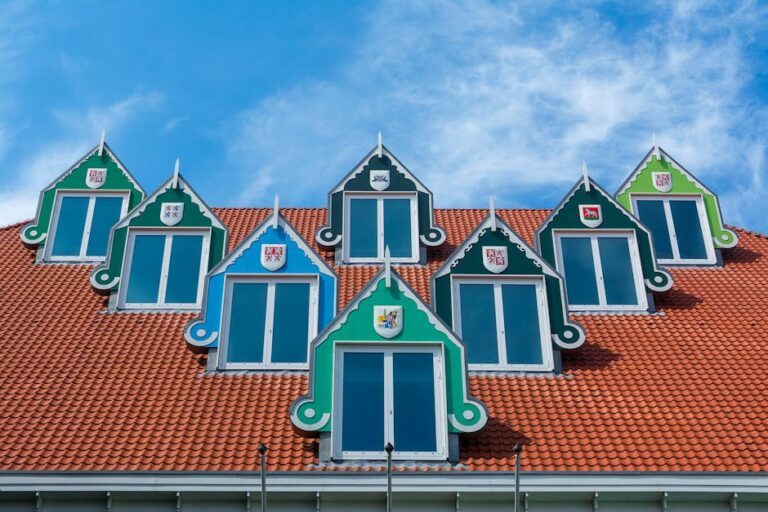Table of Contents
Right, football shirts. Always changing them, aren’t they? Every bleedin’ year, a new one. Chasing the pound, or the dollar, or the euro, whatever it is. Kids begging their parents. Just another way to fleece folks, sometimes. Makes me wonder, what’s the actual point of all that churn? You barely get used to one, and it’s last season’s news. Tossed aside. Shame, really. A proper shame.
When a Shirt Was More Than Just a Shirt
Some of them though, some stick. Like a good tune. Or that chip shop down the road that does the proper gravy. You remember them. Not for the flash, not for the fancy stitching that falls apart after two washes. You remember them for what they meant. For the feeling. And when you talk about feeling, you gotta talk about Ireland. And Umbro.
That green. Ah, that green. Not just any green. A deep, solid green. A bit like the fields after a good rain, you know? The kind of green that tells a story without screaming about it. That’s the heart of it. That’s the real trick they pulled off, back then. A lot of teams, they mess with their colors. Add stripes, add zigzags, all sorts of daft patterns that make your eyes water. The Irish, they kept it simple. Kept it true. That was Umbro’s stroke of genius, maybe. Or just good common sense, which is rare enough these days.
The Umbro Era: More Than Just Fabric
Italia ’90. USA ’94. You say those words, and you don’t just think of the football. You think of that kit. The simplicity of it. The collar. Sometimes it was white, sometimes it was the same green. But always a collar. Always. Gave it a bit of class. Didn’t it? Something you could wear down the pub without looking like you’d escaped from a nursery. A bit of dignity. Proper grown-up, that.
I remember watching those games. Not just the goals, not just the drama. The crowd. All those green shirts. A sea of green. And the away kit, the white one, often with a subtle hint of green on the cuffs or collar. It was never too much. That’s where a lot of modern designers fall flat on their face, you ask me. They try to do too much. They add a bit here, a bit there, until it looks like a dog’s dinner. Too many cooks spoil the broth, right? Same with football shirts.
The Subtle Language of the Shamrock and Crest
What exactly made the Irish Umbro kits so memorable? It wasn’t some complex algorithm, I’ll tell you that much. It was the restraint. The shamrock, yes. But it was often woven into the fabric, almost imperceptible until you got up close. Or just there on the crest, stitched on with care. Not some giant, shouty thing. It had a quiet confidence. A pride. They didn’t need to wave a big flag, they just were there. That was the message the kit sent out.
You see a lot of kits now, they got all sorts of bits and bobs on them. Patches for this, patches for that. Sponsor logos plastered everywhere. Looks like a blooming billboard sometimes. The Umbro ones? Clean. Sharp. The Republic of Ireland crest stood out. Not because it was enormous, but because it had space to breathe. It had presence. What are you actually trying to say with all that clutter, eh? It just drowns out any actual meaning.
That Green, That Collar: A Design That Spoke Without Shouting
Did Umbro use specific Irish motifs in their designs? Course they did. It was a shamrock. Always the shamrock. But they didn’t overdo it. Sometimes a pattern, like I said, almost invisible. Sometimes just part of the badge. It was never an afterthought. It felt like it belonged. Not like some tacked-on novelty. That’s the distinction, isn’t it? When it feels like it’s part of the fabric, part of the story. You ask me, that’s what makes something timeless. It’s not about being trendy. It’s about being right. Being true.
You look at the way they styled those numbers too. Classic. Bold. Easy to read. None of this fancy, jagged type that makes you squint to see who’s who. Good solid numbers. A lot of thought went into it, or maybe just a bit of good old common sense. Which, believe you me, is often the rarer of the two.
From Jack Charlton’s Era to Today: Design Evolution
How did the design evolve over different tournaments like Italia ’90 or USA ’94? It wasn’t a revolution every time, that’s for sure. It was more like a slow, steady progression. Maybe the collar changed from white to green. Maybe the pattern on the fabric shifted slightly. But the core? The heart of it? That remained the same. The spirit. That deep, unmistakable green. That classic Umbro double-diamond, often running down the sleeves. A real signature, that was.
They knew a good thing when they had it. Didn’t feel the need to reinvent the wheel every two years. That’s the problem these days. Everyone thinks they gotta be different. Innovative. Just for the sake of it. Sometimes, you just need to stick with what works. What people love. What they connect with. You build on it, sure. But you don’t tear it all down and start from scratch. That’s just stupid, if you ask me.
The Enduring Appeal: More Than Just Nostalgia
Are these classic Umbro kits still sought after by collectors? Oh, you bet your bottom dollar they are. You can see them online. They fetch a fair price, some of them. Not just for the sake of it either. There’s a bit of history in them. A piece of the past. A memory. It’s not just some old bit of cloth. It’s an emblem of a time when the world seemed a bit simpler, a bit clearer. When football felt… purer. Maybe that’s just my age talking, but I reckon there’s some truth in it.
It’s about a feeling. The underdog spirit. The joy. The absolute madness of it all. That kit just screams it, doesn’t it? And that’s what collectors want. They don’t just want a shirt. They want a feeling. A piece of that era. That’s worth more than any fancy new fabric or a big, loud logo.
Why Modern Kits Miss That Old Magic
Why do modern kits often miss that classic appeal? Because they’re designed by committees, that’s why. By marketing people. By folks who are more interested in chasing trends than capturing a spirit. They’re too busy trying to be “innovative” or “bold.” When sometimes, all you need is a bit of elegance. A bit of understatement. Look at what they come up with now. All these garish colours, these weird patterns. It’s a mess, most of it. Takes your breath away, not in a good way.
They forget that a football kit isn’t just a uniform. It’s a connection. A symbol. It represents a nation, a club, a history. When you design it, you gotta feel that. You gotta understand what it means to the people who are going to wear it, who are going to cheer in it, who are going to remember it. You can’t just slap something together and hope for the best. Doesn’t work like that.
I saw one the other day, absolutely shocking it was. Looked like a bus seat. What were they thinking? Trying to be clever, I suppose. Just ended up looking daft. And that’s the difference. Umbro, back then, they didn’t try to be clever. They tried to be right. And often enough, they pulled it off. Especially with Ireland.
The Enduring Impact: A Legacy in Green
You think about what it takes to make something iconic. It’s not about throwing money at it. Or about having the flashiest designers. It’s about understanding the core. The essence. And Umbro, with those Irish kits, they nailed it. They absolutely did. That simple green. The way the crest sat. The quiet confidence of it all. It spoke volumes. Still does, actually.
I suppose it’s not all doom and gloom now, is it? There are still some decent kits out there. But the classic Umbro Irish ones? They stand alone. A testament to simplicity. To identity. To a time when less really was more. A proper job, those were. A proper, proper job. And that’s something worth remembering. You can’t tell me that’s not true. Or maybe you can. I’m just saying what I see. What I remember. Some things just hit different, don’t they? And those shirts, they hit different. Always will.












